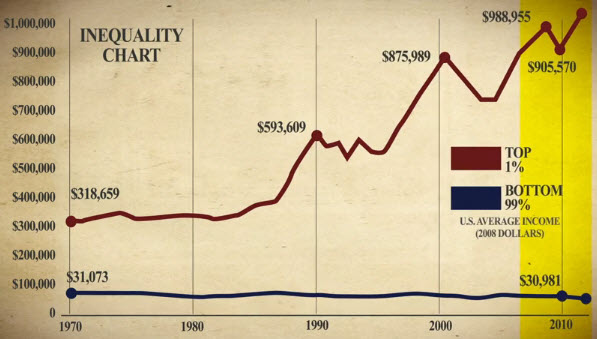I understand that there was almost a revolt at the Fed. Certain members warned Bernanke to halt the Fed's wild money creation, fearing that it would wind up in hyper-inflation. But the Fed cannot completely halt its QE. The Fed is now buying 90% of the Treasuries that are put out for sale.
If the Fed halts its buying of Treasuries, who will buy them? Certainly not China or USA investors. Bernanke's thinking or hoping is that continued Fed stimulus will result in the US economy becoming so strong on its own that in due time it won't need any Fed stimulus.
However, matters are not working out in the way Bernanke wishes. The economy is still dragging its feet, and employment is still lagging. In the meantime, the banks, not the US populace, have prospered. The banks' reserves have been swelling. What dissenting Fed members are worried about is that bank reserves are growing and are beginning to resemble water behind a dam, pressuring to be released. When the dam finally breaks, all assets will go through the roof, and, as usual, leave the ever-suffering middle class behind.
So that's the story and the problem of the era. As I said years ago, the choice is, “inflate or die.”
Then there's another excellent reason why Bernanke can't cut back completely on the Fed's machinations. You see, the Fed has manipulated interest rates to ridiculously low levels. The US must manage or carry trillions of dollars in Federal debt. We are currently rolling over this debt at very low Fed-controlled interest rates. But if interest rates are allowed to climb to their normal uncontrolled levels, the cost of carrying the nation's debt (now $250 billion dollars annually) could rise to prohibitive levels -- even into the trillions of dollars.
So there we are -- to continue the Fed's stimulation and manipulation adventures -- or to back off and let the economy survive on its own?
So what do we do as investors and survivors? My own choice is to hold physical gold with just enough cash to carry us through each week. The amount of physical gold in the US is shrinking, and it's going to China and India. I believe the only danger to my plan is that possibly, in desperation, the US could confiscate gold from its people.
True, this was done by FDR back in 1933. But this is a different world, and it's not 1933. I believe there would be so much opposition to a “gold confiscation” today that the government could not get away with it. Besides, today many wealthy and influential people own gold, and they would constitute a powerful force against a government attempt to call in the people's gold.
At any rate, I've been doing a lot of thinking on this subject, and my conclusion is that holding physical gold in your possession is safe and the best policy for surviving the difficult years that I believe lie ahead.
Question -- what about buying and holding gold mining stocks, a category that has been denigrated and battered unmercifully? Answer -- I think they represent a good speculation, but I prefer the real deal, and that's physical gold.
There is something else I want to talk about. It's China, now the world's second biggest economy. China's debt is now 70% of its GDP, a ratio the analysts consider dangerous. If China runs into trouble it will affect all of Asia and the rest of the world.
So let's take a look at China on a chart. What I see is a huge head-and-shoulders top that has just plunged below support. The chart is telling me that the world's second largest economy is in serious trouble.



















